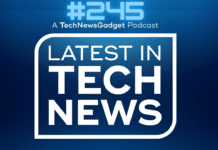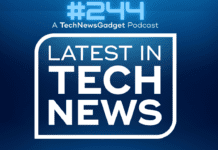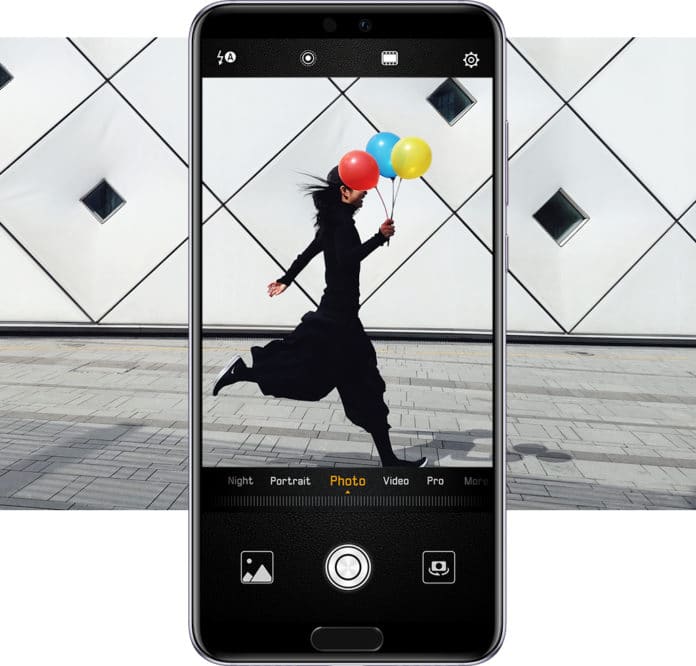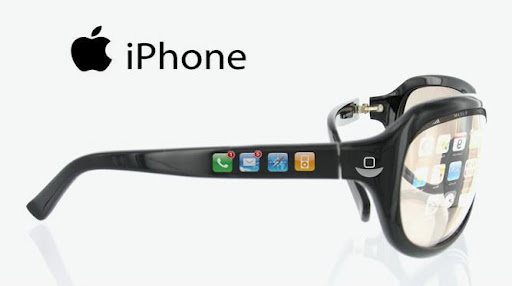Huawei, undaunted by FBI’s disfavor is on a roll with its launch of the P20 Pro. Boasting of three rear cameras powered by no less than the granddaddy of all lenses, Leica, it takes on main competitors, Samsung 9 and iPhone X head-on. In side-by-side comparisons, the P20 Pro acquitted itself very well especially in low-light situations using 10-megapixel resolution.
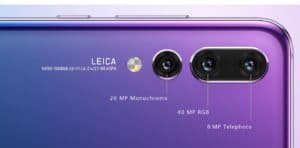 The Huawei features more than two cameras whose combined images create more aesthetic-looking shots. It has an 8-megapixel telephoto lens, a 40-megapixel RGB color lens, and a 20-megapixel monochrome lens. Like other high-end smartphones, it has auto-focus and flash but this time, using different sensors to give better, truer, and more vibrant results. It has 5x Hybrid zoom made possible by Leica technology allowing you to take incredible details from a distance. And for those who prefer shooting naturally in low-light situations, your wish has been granted. The Huawei P20 Pro takes exceedingly great images by using extended exposures that allow more light to enter the lens so your captured images are more of what your eye truly sees. Color true, day and night.
The Huawei features more than two cameras whose combined images create more aesthetic-looking shots. It has an 8-megapixel telephoto lens, a 40-megapixel RGB color lens, and a 20-megapixel monochrome lens. Like other high-end smartphones, it has auto-focus and flash but this time, using different sensors to give better, truer, and more vibrant results. It has 5x Hybrid zoom made possible by Leica technology allowing you to take incredible details from a distance. And for those who prefer shooting naturally in low-light situations, your wish has been granted. The Huawei P20 Pro takes exceedingly great images by using extended exposures that allow more light to enter the lens so your captured images are more of what your eye truly sees. Color true, day and night.
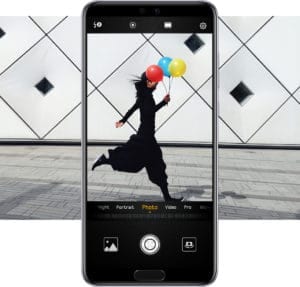 Using the Pixel Fusion technology, more light enters the lenses for brighter and sharper images. It may sound complex but all 3 cameras are used simultaneously – but at different capacities and never at its maximum level. It means that you can zoom in closer, take stable pictures without using a tripod (even at night), take slow-motion video, and stunning portrait-mode shots with full control. Huawei P20 Pro has many AI-driven scene recognition modes and predictive 4D auto-focus modes giving you many options when taking artistic and motion shots. The three rear camera feature has proven so impressive and rumor has it that Apple will soon come out with a similar feature.
Using the Pixel Fusion technology, more light enters the lenses for brighter and sharper images. It may sound complex but all 3 cameras are used simultaneously – but at different capacities and never at its maximum level. It means that you can zoom in closer, take stable pictures without using a tripod (even at night), take slow-motion video, and stunning portrait-mode shots with full control. Huawei P20 Pro has many AI-driven scene recognition modes and predictive 4D auto-focus modes giving you many options when taking artistic and motion shots. The three rear camera feature has proven so impressive and rumor has it that Apple will soon come out with a similar feature.
When tested alongside other smartphones using many applications that are battery-draining like games, taking videos, and editing, the Huawei P20 outdid its competitors. it retained decent battery-life after five hours of vigorous testing. Regular users can expect the P20 Pro’s 4,000 mAh battery to last two days on a single charge.
Retailing at $800, it is not yet available in the U.S. (although you can import it) and does not feature wireless charging; but the latter is a minor inconvenience in the light of many heavy-weight advantages. The smart design, advanced software, 6.1-inch OLED (2,240 x 1,080 pixel) screen, superior lens, and long battery life are the pinnacle of the incremental improvements that this Chinese brand has been making over the years. The evolution of becoming a contender for smartphone supremacy was largely due to its strides in using AI and advanced chips technology – and it’s not about to stop.
Photo from Huawei








